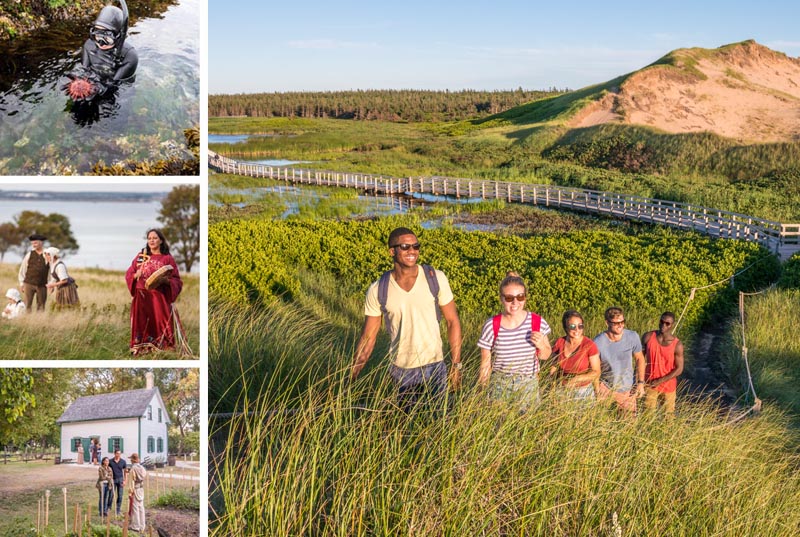
Table of contents
- Parks Canada’s raison d’être and mandate
- This is Parks Canada
- Parks Canada across the country
- Parks Canada's strong brand
- Roles and responsibilities — Minister
- Roles and responsibilities — President & Chief Executive Officer
- Parks Canada’s finances at a glance
- Parks Canada’s senior leadership
- Video — What is Parks Canada
Parks Canada’s raison d’être and mandate
Raison d’être
The Minister of Environment and Climate Change is responsible for the Parks Canada Agency. Parks Canada protects and presents nationally significant examples of Canada’s natural and cultural heritage, and fosters public understanding, appreciation and enjoyment in ways that ensure the ecological and commemorative integrity of these places for present and future generations. Canada’s national urban park, national parks, national historic sites, heritage canals and national marine conservation areas, of which Parks Canada is the proud steward, offer Canadians opportunities to visit, experience and personally connect with Canada’s rich natural and cultural heritage in ways that are meaningful to them. In carrying out its responsibilities, Parks Canada works in collaboration with the public, other federal departments, provinces, territories, Indigenous peoples and stakeholders.
Mandate and role
On behalf of the people of Canada, we protect and present nationally significant examples of Canada’s natural and cultural heritage, and foster public understanding, appreciation and enjoyment in ways that ensure the ecological and commemorative integrity of these places for present and future generations.
This is Parks Canada
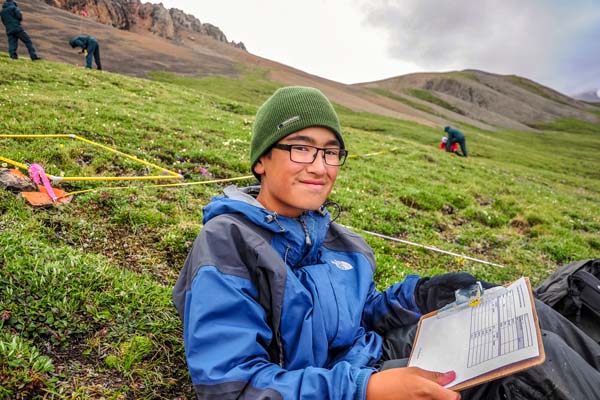
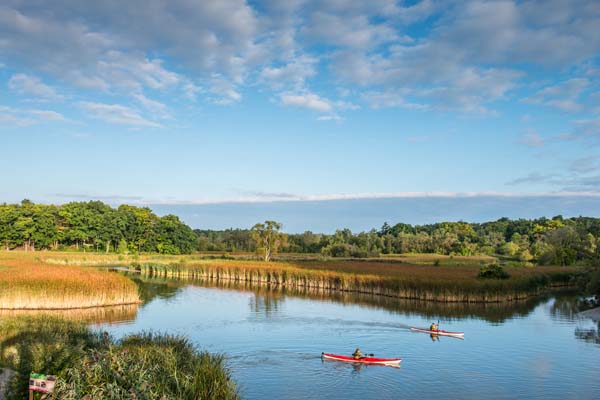
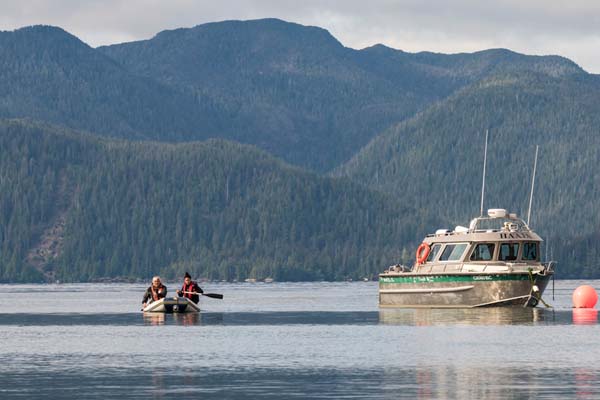
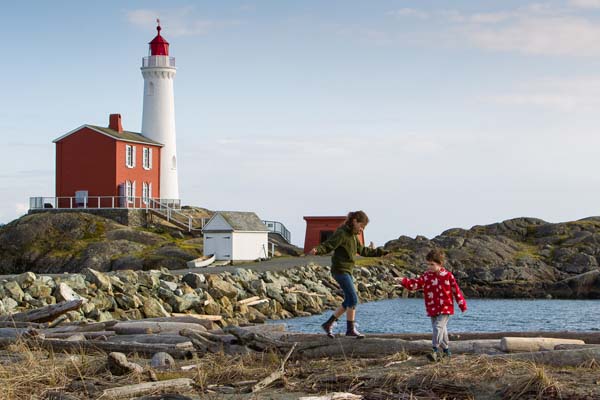
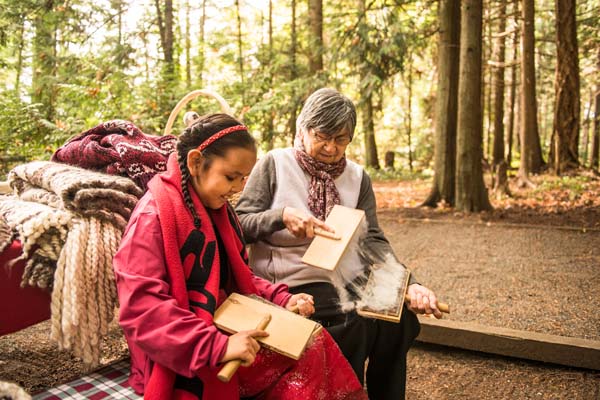
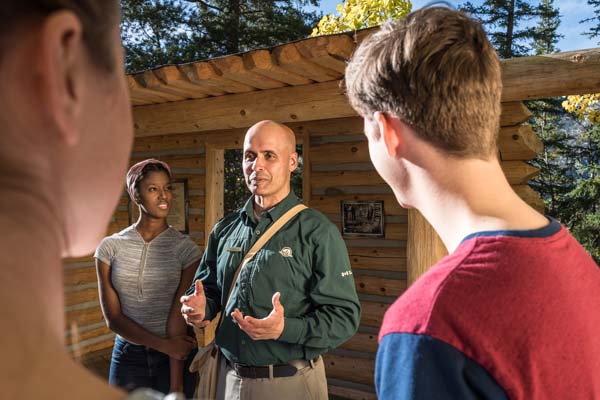

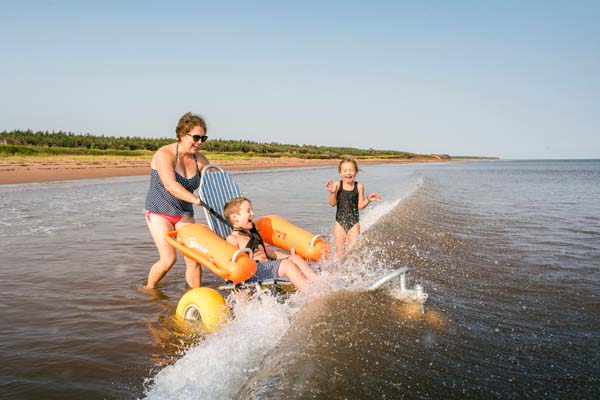
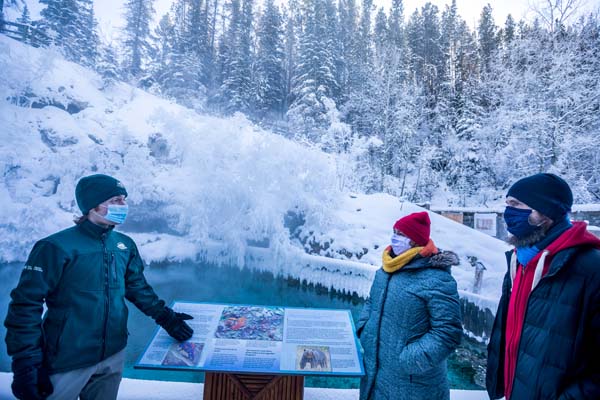
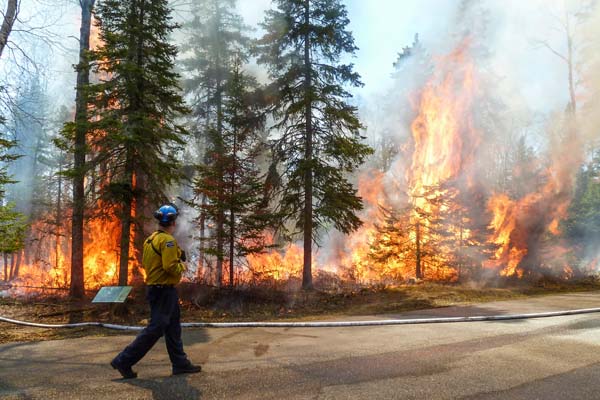
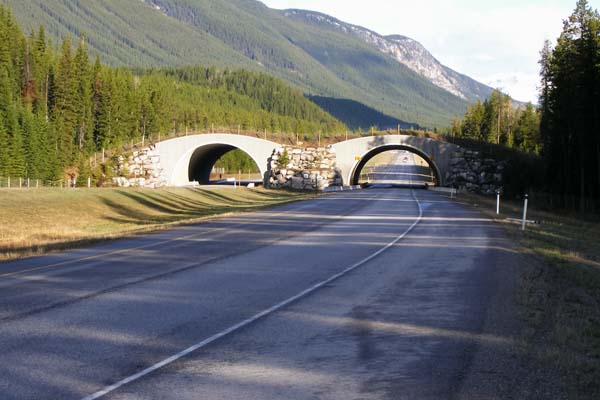
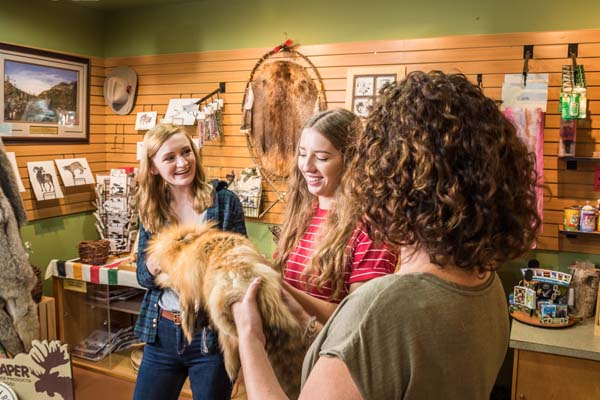

Parks Canada across the country
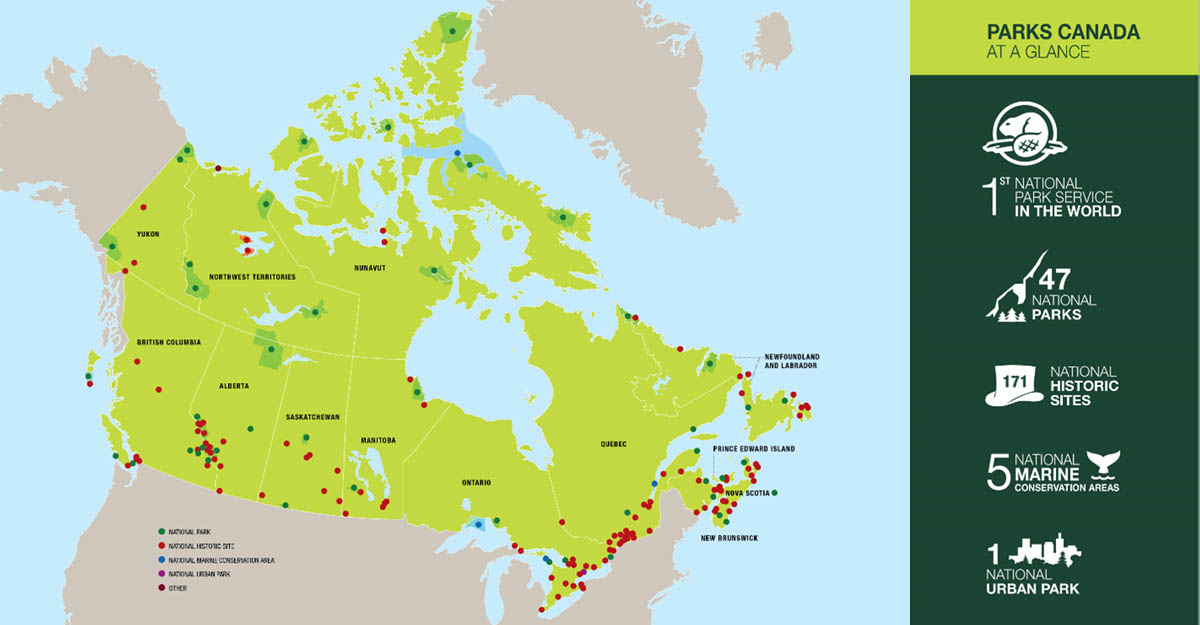
Parks Canada at a glance — text version
An infographic of Parks Canada’s places.
Canada established the first national parks service in the world.
Using a map, this infographic identifies where are located Parks Canada’s 47 national parks, 171 national historic site, 5 national marine conservation areas and 1 National Urban Park.
Parks Canada's strong brand
- Sentiment
- 9 in 10 Canadians support Parks Canada’s mandate (protection and enjoyment). Support is high among youth 18 to 34 as well.
- Canadians consider Parks Canada one of the most trusted federal organizations (rank #3).
- More than 9 in 10 Canadians consider parks/ sites a source of pride for them.
- Staying connected
- >1 million social media followers.
- >2 million people subscribe to our e-newsletter
- Among the most visited websites in GoC.
- Value alignment
- Private sector /main stream companies want to work/align with Parks Canada.
- Economics (pre Covid)
- Contribute $5 billion to Canada’s GDP and support ~46,000 jobs across the country.
- Managing ~$300 billion in eco-system services annually on behalf of Canadians.
- Enjoyment
- More than 9 in 10 were satisfied with their visit to a park/site.
- 9 in 10 Canadians felt our places were safe during COVID.
We love it here. We love Parks Canada and we love our country. Thank you for reminding us how fabulous our country is.
...to be able to stand on the ground of my ancestors makes me more aware of where I come from.
Roles and responsibilities — Minister
- As Minister, you are responsible for exercising the powers, duties and functions under the Parks Canada Agency Act.
- As Minister, you are accountable to Parliament through the Departmental Plan, Departmental Result Report and other reports required by policy and legislation.
- The Parks Canada Agency Act requires enhanced accountability to Parliament:
- State of Canada’s Natural and Cultural Places Report to be tabled by the Minister at least every five years
- Management Plans for all heritage places to be reviewed every ten years with amendments tabled in Parliament
- This Act requires you to convene a Minister’s Round Table every two years:
- Meeting with stakeholders and the public with 180 days to reply to recommendations
- Last Minister’s Round Table was held in October 2020 with the report released in April 2021
Roles and responsibilities — President & Chief Executive Officer
- “The Chief Executive, under the direction of the Minister, has the control and management of the Agency and all matters connected with it.” (Section 12(1) of the Parks Canada Agency Act)
- The President & Chief Executive Officer has the rank and all the powers of a deputy head of a department in addition to the following powers under the Act:
- Designation of Park Wardens to enforce and administer acts and regulations related to the Agency
- Establishment of a charter for the Agency that sets out its values and governing principles
As a separate agency, the Chief Executive Officer has considerable flexibility in exercising HR management authorities; however, the operating context is often driven by government-wide commitments and priorities set out by the Clerk of the Privy Council or central agencies.
The Act provides the Chief Executive Officer with exclusive authority for employees and HR management.
- appoint, lay-off or terminate the employment of the employees of the Agency;
- establish standards, procedures and processes governing staffing, including the appointment, lay-off or termination of employment otherwise than for cause, of employees;
- determine the organization of and classify the positions in the Agency;
- set the terms and conditions of employment, including termination of employment for cause, for employees and assign duties to them;
- provide for any other matters that the Chief Executive Officer considers necessary for effective human resources management in the Agency.
Parks Canada’s finances at a glance
Voted authorities
- Authorities include Program expenditures and payments to the New Parks and Historic Sites Account*.
- Since April 1, 2021, the Agency is operating under one-year appropriations.
- Starting April 1, 2022, Program expenditures will be broken down into 2 separate Votes: Operating and Capital.
Statutory authorities
- These are expenditure authorities approved by Parliament through legislation (other than appropriations acts).
- Parks Canada’s statutory authorities include expenditures equivalent to revenue received pursuant to section 20 of the Parks Canada Agency Act and contributions to employee benefit plans.
The Agency’s permanent budget is approximately $600 million (A-Base), of which approximately 75% comes from appropriated funds voted by Parliament and 25% from revenues generated by the Agency.
| Authority type | 2021-2022 Authorities to date |
|---|---|
| Program expenditures | $1,181,309,059 |
| Payments to the New Parks and Historic Sites Account* | $7,371,000* |
| Total Statutory | $ 207,867,455 |
| Total | $1,396,547,514 |
* The New Parks and Historic Sites Account is a specified purpose account that provides the Agency with the ability to set aside funds for new or expanded national historic sites, national parks, national marine conservation areas and other protected areas. Available funds in the Account at the beginning of 2021-2022 are $90 million. The Agency is planning to deposit additional funding during 2021-2022.
Forecasted authorities – Highlights
- Capital
- Time-limited capital investments of approximately $4.2 billion over 8 years in national historic sites, national parks, and national marine conservation areas to rehabilitate a significant portion of its built asset inventory are anticipated to end in 2021-2022, which explains the significant reduction as of 2022-2023. The Agency is developing a long-term plan aimed at securing sustainable funding for the management and maintenance of its capital assets. It is also seeking to access a one time $35 million funding allocation announced in Budget 2021 to maintain the internal capacity required to manage its capital assets in 2022-2023, pending confirmation of longer term funding.
- Revenue
- Authorities to date for 2021-2022 include Main Estimates, Supplementary Estimates (A) and carryforward. Authorities also include $150M in respendable revenue relating primarily to entry fees, camping, rent and business licenses. However, as was the case in 2020-2021, new funding to replace lost revenue due to the impacts of the COVID pandemic has been secured for 2021-2022. An amount of up to $72M to cover revenue shortfalls for the first 6 months was earmarked in Budget 2021 and will be accessed in late fall.
Financial resources
| 2021-2022 Authorities to date | 2022-2023 Authorities | 2023-2024 Authorities |
|---|---|---|
| $1,396,547,514 | $743,353,476 | $700,530,591 |
Human resources (full-time equivalents)*
| 2021-2022
Forecast Full-time Equivalents (as at June 30, 2021) |
2022-2023 Planned Full-time Equivalents | 2023-2024 Planned Full-time Equivalents |
|---|---|---|
| 5,329 | 4,933 | 4,701 |
* Forecast for 2021-2022 excludes planned staffing. Planned full-time equivalents starting in 2022-2023 will be adjusted based on the anticipated adjustment to the financials.
Parks Canada’s senior leadership
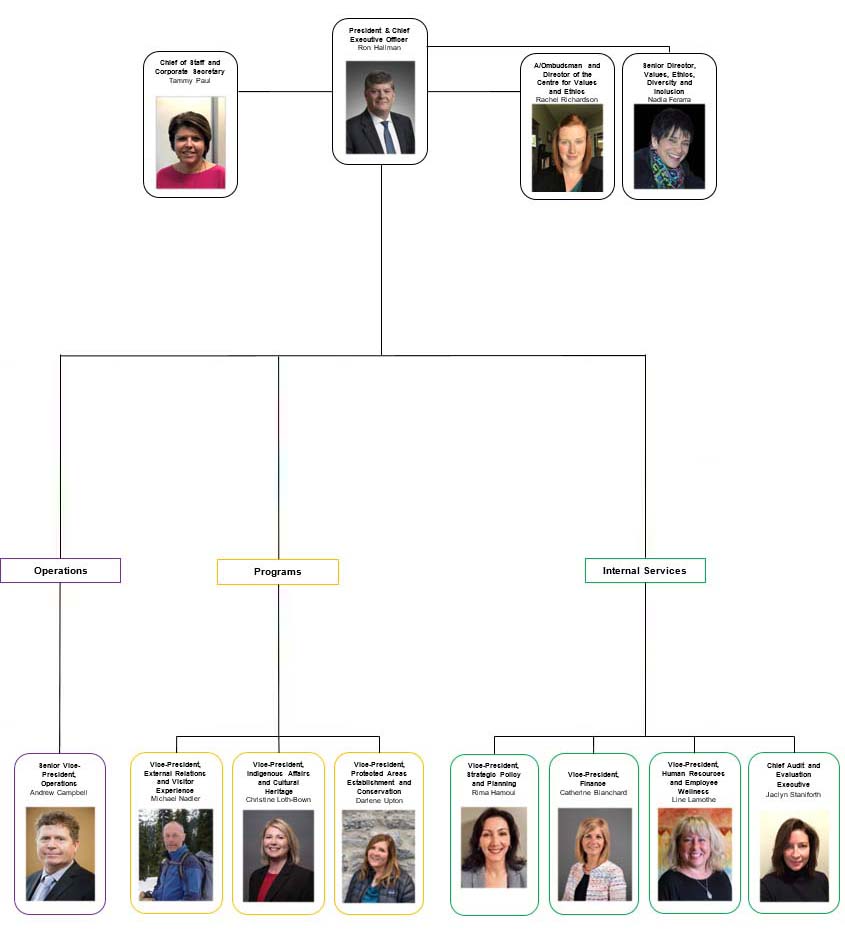
Organizational chart for Parks Canada, September 2021
President and Chief Executive Officer: Ron Hallman
Chief of Staff and Corporate Secretary: Tammy Paul
A/Ombudsman and Director of the Centre for Values and Ethics: Rachel Richardson
Senior Director, Values, Ethics, Diversity and Inclusion: Nadia Ferrara
Operations:
Senior Vice-President, Operations: Andrew Campbell
Programs:
Vice-President, External Relations & Visitor Experience: Michael Nadler
Vice-President, Indigenous Affairs and Cultural Heritage: Christine Loth-Bown
Vice-President, Protected Areas Establishment & Conservation: Darlene Upton
Internal Services:
Vice-President, Strategic Policy and Planning: Rima Hamoui
Chief Financial Officer: Catherine Blanchard
Vice-President, Human Resources and Employee Wellness: Line Lamothe
Chief Audit and Evaluation Executive: Jaclyn Staniforth
Video — What is Parks Canada?
Text transcript
WHAT IS PARKS CANADA?
It is the steward of 171 national historic sites, including 9 heritage canals that represent over 625 kilometres of waterways, 47 national parks, 1 national urban park and 5 national marine conservation areas. And a whole lot of passionate people.
Canada was the first country in the world to establish a national parks service. We’ve been around since 1911. Our Agency is responsible for approximately 470,000 square kilometers of Canada’s natural and cultural heritage areas.
From rugged ocean views to soaring mountain tops, from learning about Indigenous histories and cultures to action-packed adventures, our Agency brings Canada to life. Parks Canada welcomes Canadians in some of the most remote parts of the country as well as destinations right at their front door, making memories that last a lifetime for millions of visitors every year.
Parks Canada works hard every day to protect these special places. Informed by the best available science and Indigenous knowledge, Parks Canada and its partners monitor and restore ecosystems, protect and recover species at risk, and conduct important research that contributes to our understanding of climate change and biodiversity. We are working with others to ensure that protected areas across the country are better connected, and provide havens for plants and animals to persist and adapt to the impacts of a changing climate.
Parks Canada is a world leader in cultural heritage, commemorating over 2,100 persons, places, and events of national historic significance, and cares for 31 million artifacts. National historic sites bring to life the stories of Canada’s diverse history. They provide a space where Canadians can better understand the full scope of history from many perspectives, including the difficult periods that are part of Canada’s past. This includes tragedies such as the residential schools program and the enslavement of African people in Canada, both designated as events of national historic significance. These periods in Canada’s history have created harmful lasting legacies that have shaped our present-day. By working with communities to share these stories with Canadians, we hope to foster a better understanding of history and work towards a better future.
Parks Canada is also one of the Government of Canada’s largest administrators of federal lands and manages one of its biggest infrastructure portfolios. It oversees the maintenance of all types of infrastructure, from campsites and visitor centres, to canal locks, highways, bridges and dams – over 18,200 built assets worth more than 26.5 billion dollars.
The Government of Canada is investing 4.2 billion dollars, over the period of 2015 to 2022, to support infrastructure projects across the Parks Canada network. These investments have helped to conserve historic sites, renew visitor facilities like campgrounds and picnic shelters, and restore important transportation infrastructure such as highways and waterways, all while protecting species and the environment.
Parks Canada is also one of the country’s largest tourism provider. There were 25 million visitors to Parks Canada places in 2019.
We are helping grow the economic sustainability of hundreds of communities across the country, creating jobs and supporting tourism in every corner of the country.
Parks Canada’s spending and the spending of millions of visitors creates some 46,000 jobs each year. The Agency’s operations generate an estimated 5 Billion dollars in GDP and the lands and waters protected and managed by Parks Canada contribute hundreds of millions of dollars in eco-system services for the well-being of Canadians and communities.
Young people are a big part of Parks Canada. The Agency is a popular employer of Canadian youth, and our youth ambassador program helps build communities of engaged young people, from coast to coast to coast, who care about the planet. Parks Canada also offers free admission to anyone aged 17 or under.
Parks Canada has over 5,500 full-time employees, and during peak visitation periods, its workforce increases by as much as 25%. There are teams dedicated to: protected areas establishment and conservation, cultural heritage conservation, Indigenous relations, visitor experience and connecting with Canadians, law enforcement, and internal services.
At Parks Canada, visitor safety is a top priority.
We have dedicated search and rescue teams and front-country avalanche controllers. Fire management teams conduct prescribed fires and fire mitigation activities in the places we administer. The Agency is also a leader in wildfire readiness and response and a proud member of the Canadian Interagency Forest Fire Centre, collaborating with other Canadian fire management agencies to provide support to our provincial, territorial and international partners when they require assistance.
These high-risk jobs are a necessary part of keeping our visitors and the places that we care for safe.
Parks Canada is responsible for the management and the establishment of new national parks and new national marine conservation areas, in collaboration with Indigenous communities and partners.
Parks Canada works with Indigenous partners across the country to conserve and restore natural and cultural heritage and share the stories of these treasured places. Our objectives are to strengthen Indigenous connections with traditional lands and waters, expand the commemoration of Indigenous histories and cultures, and increase economic opportunities for Indigenous communities and businesses.
Many heritage places administered by Parks Canada have seen a transition over time from a past where Indigenous peoples were separated from their ancestral lands and waters to our current context where Indigenous stewardship plays a critical role in maintaining and protecting these special places.
Parks Canada has launched a new program to work with partners, including Indigenous communities, to create a network of national urban parks. More than 80% of Canadians live in urban centres. National urban parks will provide new opportunities for Canadians to enjoy natural places close to home.
For over a decade, Parks Canada’s underwater archaeology team has worked in collaboration with Inuit in the exploration and recovery of artifacts from the ill-fated Franklin expedition in Canada’s arctic waters – one of the largest and most complex underwater archaeological undertakings in Canadian history. Inuit knowledge, science, and archaeology together contributed to the discovery of the wreck sites of HMS Erebus and HMS Terror.
Parks Canada is also committed to the development of programs and services that encourage Canadians to experience the places that we administer.
We also run programs like Learn-to Camp, helping Canadians acquire the skills to safely enjoy the outdoors and connect with nature like never before. The Agency has strong brand recognition. Almost 2 million people follow our social media channels, the uniforms are instantly recognizable, and Parks Canada mascot, Parka, is beloved by kids across the country. We are working to form a greater part of communities, by hosting many citizenship ceremonies in Parks Canada administered places. Thousands of new Canadians have received their Canadian citizenship on the grounds of a Parks Canada place.
Removing barriers, fostering participation, and embracing diversity and inclusion are fundamental to the fulfillment of the Agency’s mandate. Parks Canada works with partners and experts to strengthen inclusion and make sure that national historic sites, national parks and national marine conservation areas can be appreciated and enjoyed by all Canadians.
We are committed to fostering a representative workforce, developing an inclusive and welcoming environment for all team members, and removing barriers experienced by racialized communities, Indigenous peoples, LGBTQ2+ communities, and people living with disabilities.
We are guardians, of national historic sites, national parks, and national marine conservation areas. We are guides, to visitors the world over. We are partners, building on the rich traditions of Indigenous peoples and others throughout this country. We are storytellers, sharing the history of the land and the people – the stories of Canada. Parks Canada is a living legacy, connecting hearts and minds to a deeper understanding of the essence of Canada.
Contact us
Parks Canada National Office
30 Victoria Street
Gatineau, Quebec
Canada
J8X 0B3
Related links
- Parks Canada Agency Overview, October 2021
- First 100 days issues
- Appearance before the Standing Committee on Environment and...
- Appearance before the Standing Committee on Environment and...
- Appearance before the Standing Committee on Environment and...
- Appearance before the Standing Committee on Environment and...
- Appearance before the Standing Committee on Environment and...
- Appearance before the Standing Committee on Environment and...
- Appearance before the Standing Committee on Environment and...
- Corporate Book - November 2019
- Chief Executive Officer Welcome Package - August 2019
- Key messages, stakeholders and media links - August 2019
- Briefing book - November 2015
- Date modified :